In the first half of this year, China's automotive market reached 6.988 million units, securing the top spot globally. One would expect that the auto parts industry, which forms the backbone of the automobile sector, would also thrive as a result. However, the reality has been quite different. Despite the booming automotive market, suppliers of commercial vehicle components have struggled, with their development capabilities failing to improve despite global advancements.
To better understand this situation, this edition has compiled a series of reports from both market and R&D perspectives, aiming to provide an objective view of the current state of the auto parts industry and encourage a more balanced understanding of its challenges.
**Commercial Vehicle Suppliers Are Struggling**
While China has become the world’s largest automotive market, this success hasn’t translated into improved conditions for upstream suppliers. In fact, the disparity in performance among different types of auto part companies is stark. While passenger car suppliers have seen growth, commercial vehicle component manufacturers are facing significant difficulties.
**Auto Parts Companies Face Tough Times**
On June 9th, Changchun Yidong Clutch Co., Ltd. announced its 2009 interim results, revealing a net loss of over 20 million yuan, a sharp contrast to its 5.64 million yuan profit in the same period in 2008. The company had previously posted strong profits in 2006, 2007, and 2008, reaching 8.12 million, 8.35 million, and 11.11 million yuan respectively.
Changchun Yidong is the first listed company in China's clutch industry, producing hydraulic clutch systems primarily for commercial vehicles. It holds a dominant position in the commercial truck market. However, due to a sharp drop in heavy truck production and sales, the company's revenue fell by over 40% this year. Additionally, price cuts demanded by mainframe manufacturers in late 2008 further impacted its profitability.
Meanwhile, some auto parts companies supporting passenger cars have experienced unexpected growth. For example, Hundano (Beijing) Automotive Chassis Systems Co., Ltd., which supplies brake and suspension systems to major automakers like Beijing Hyundai and Shanghai GM, has seen rapid growth this year.
According to Liu Shengxia, general manager of the company, "We anticipated a prolonged economic downturn last year, but we didn't expect the domestic passenger car market to recover so quickly in 2009. Sales have been strong, and we're working overtime to meet demand."
**Uneven Fates Among Auto Parts Companies**
Although the overall Chinese auto industry grew in the first half of the year, the disparity between passenger and commercial vehicle sectors is clear. Commercial vehicle production and sales have yet to return to previous levels. A bus company sales manager noted, "It will take two to three years before the market fully recovers."
Many commercial vehicle companies have passed on cost-cutting pressures to their suppliers, often asking for price reductions and extending payment terms. Some suppliers now face payment periods stretching beyond four months, which is still considered favorable compared to others.
In Zhejiang Yuhuan, a key auto parts production base, many companies that supply commercial vehicles are struggling. Local sources reported that worker incomes have dropped, and many migrant workers have returned home. The once-bustling streets have become quiet, and some investors are exiting the industry altogether.
**Self-Reliance Is the Only Way Forward**
Faced with declining prices, smaller suppliers are struggling to survive. Most are forced to cut costs and reduce prices to retain market share. “We must work closely with OEMs to maintain our position,†said a leader at Xiamen Golden Brigade. “Even if it means sacrificing some profits, getting orders is essential.â€
In addition to lowering prices, many suppliers are investing in new products, improving management, and exploring new markets to enhance competitiveness. Longzhong Holding Group, a major supplier of commercial vehicle braking systems, has focused on expanding its aftermarket business and launching new products to offset falling production volumes.
Despite these efforts, the commercial vehicle market is still not showing clear signs of recovery. Industry experts believe that a restructuring is inevitable, and weaker suppliers may not survive the ongoing challenges.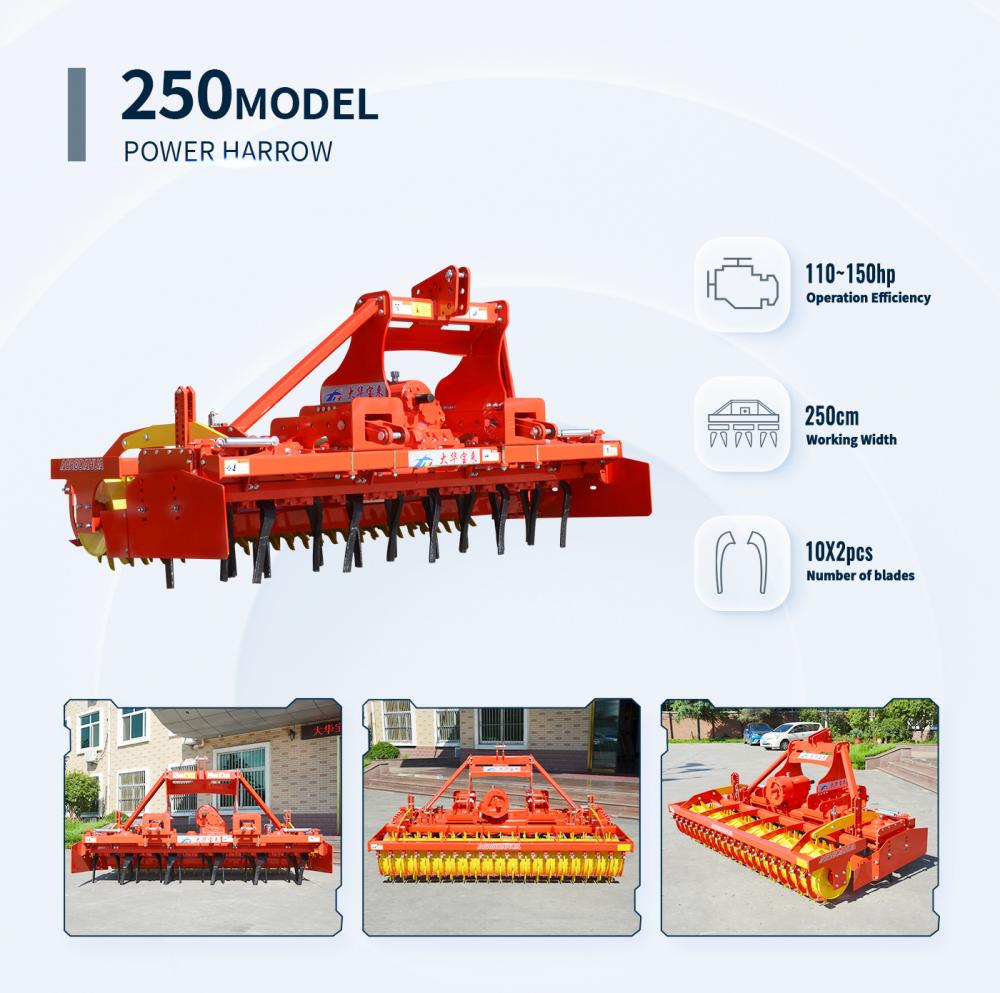
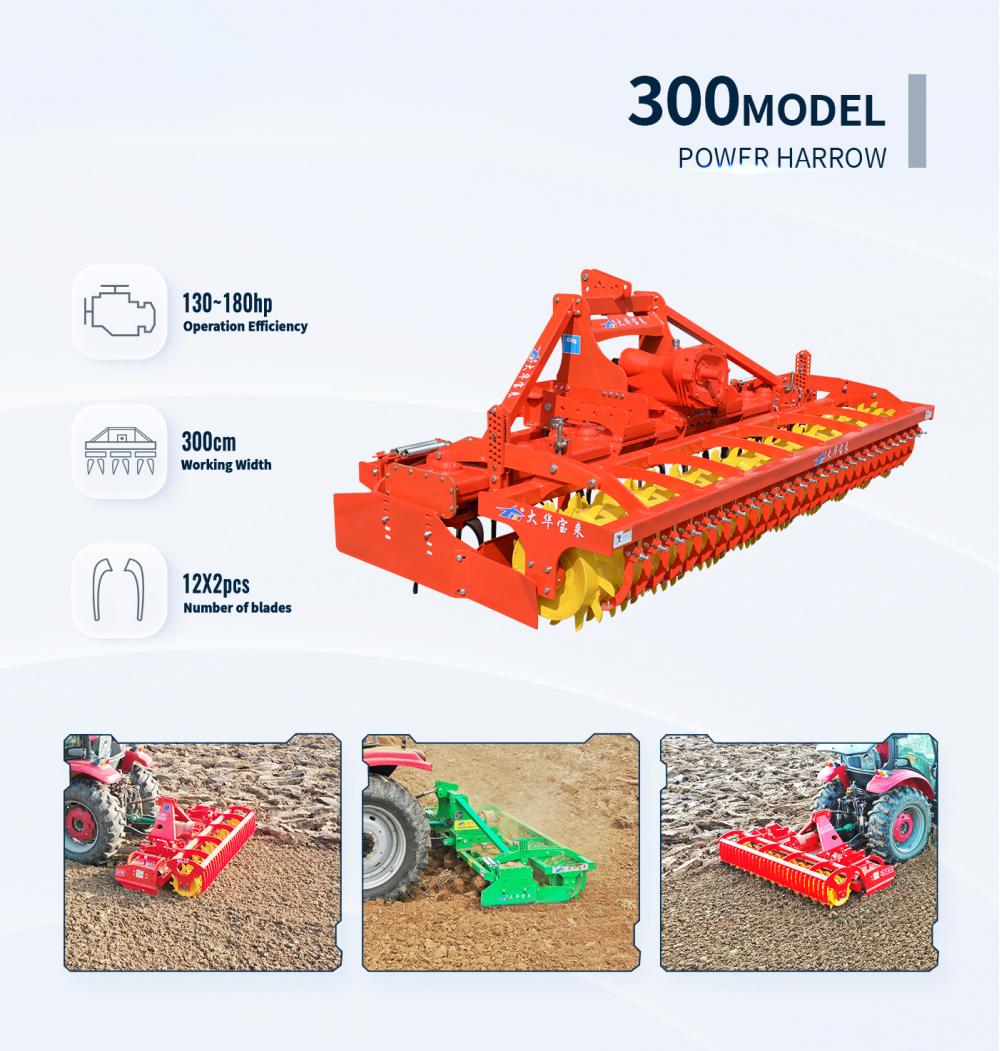
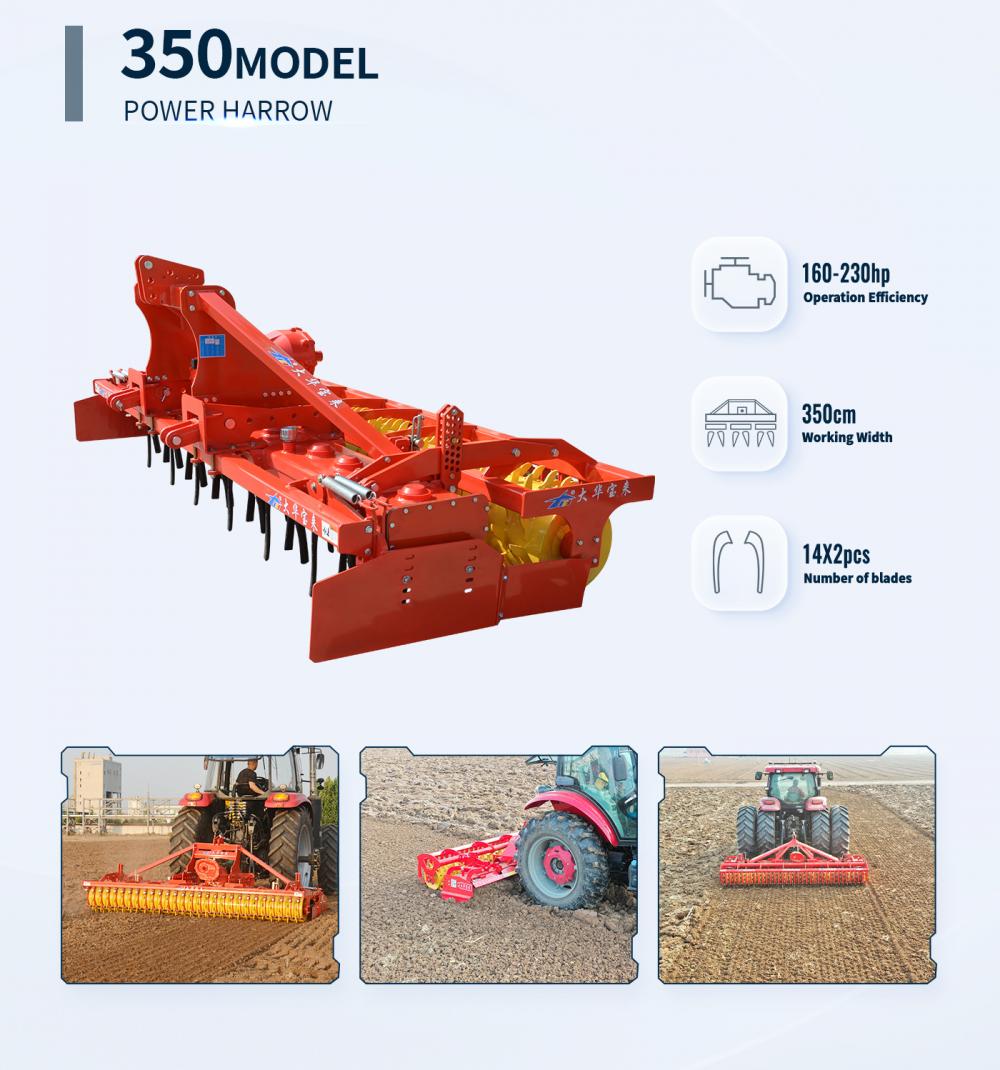
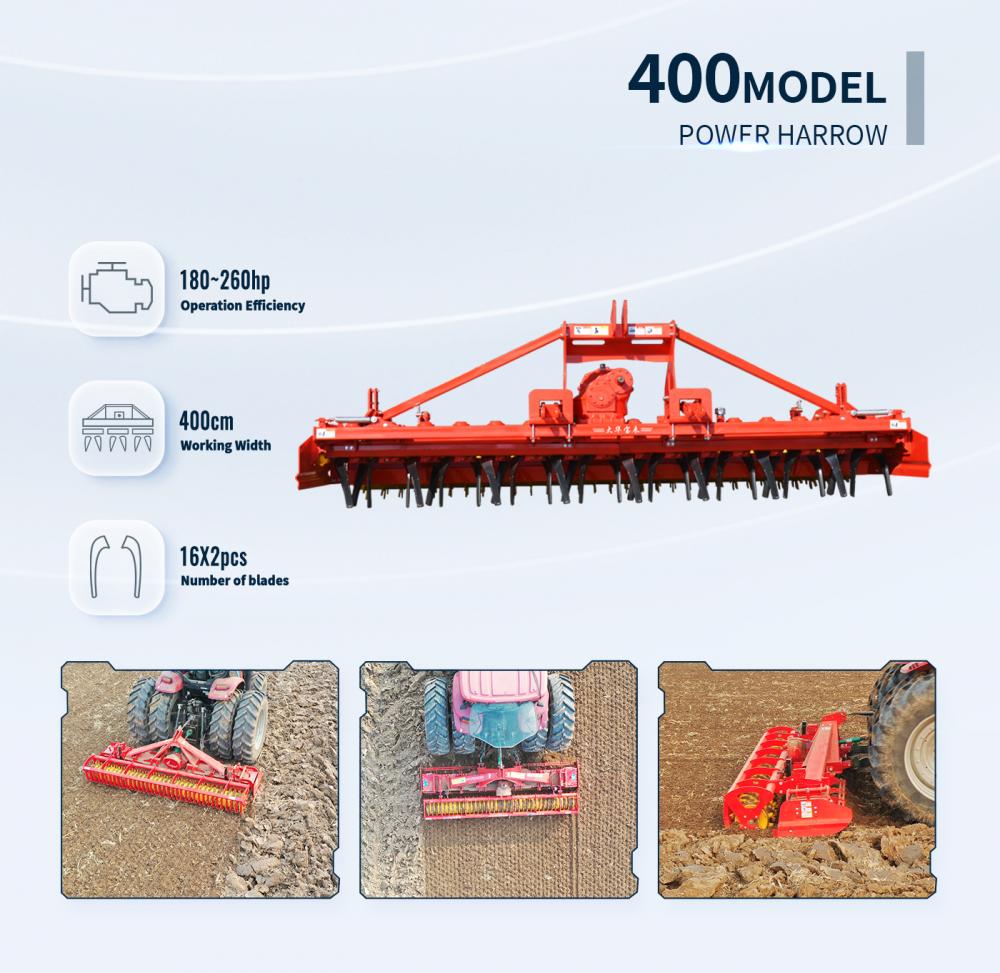
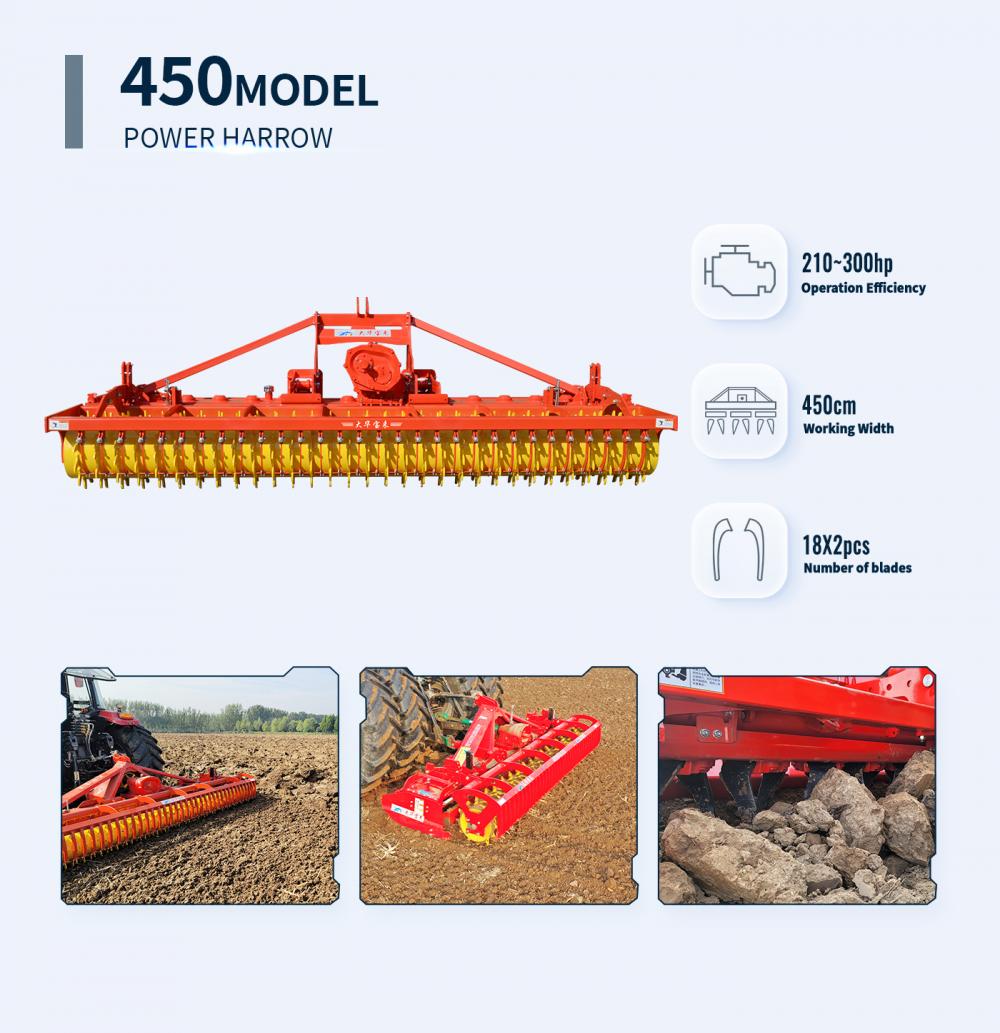
The power harrow can match various power output speeds of tractors such as 540, 720, 760, 850, 1000, etc. It matches the working speed that adapts to various working conditions through gears with different numbers of teeth. During the operation, it does not disturb the original plowing layer, the topsoil is sparse and broken, and the soil is leveled and preserved, creating favorable conditions for mechanized sowing operations such as precision sowing





Driven Harrow,Power Driven Harrow,130HP power driven harrow
Shandong Dahua Machinery Co.,Ltd , https://www.agrodahua.com